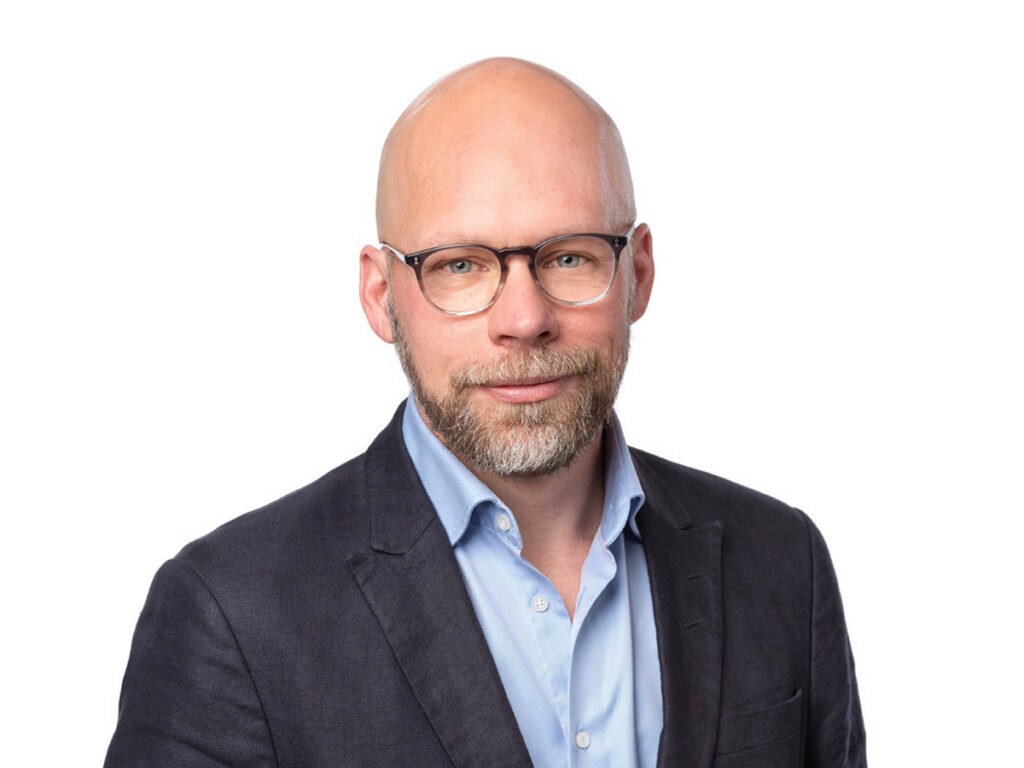A lot of companies have already realized that competence is a competitive advantage. In order to be relevant, you need to keep up with the pace of change and rapid technological development. But how do we find time for learning in our already busy workday? This is a question that both management, managers and employees need to take responsibility for.
Mattias Axelson is a researcher at the Stockholm School of Economics. During his professional life, he has moved between research and practice, where innovation of new business models has been a common thread.
He notes that a crucial factor in organizations that succeed with innovation is that they have cultivated a culture where individuals feel the importance of constantly exploring and learning new things.
– They are often clear with the answer to “why?”. What is our purpose, where do we want to be as an organization? And thus, in which direction should we focus when it comes to learning?
Ensure the right conditions
The “why” is important, as well as the resources. An unclear goal for learning can result in scattered learning that lacks a clear direction. Similarly, an organization where employees are under pressure to be innovative, but lack resources, creates stress and uncertainty.

This is Mattias Axelson, Ph.D
Program director at Stockholm School of Economics Executive Education and an affiliated researcher at the Stockholm School of Economics. His expertise spans business strategy and innovation, with a particular interest in bridging applied research and practical application.
For several years, he has served as an advisor to both companies and public authorities. He primarily works on strategic management challenges, such as developing innovation systems and governing innovation processes.
To help organizations address pressing innovation challenges – including those linked to crises such as climate change and security issues – Mattias participates in experimental initiatives that explore and test new approaches and methods.
He is the author of two management books, most recently Hidden Potential: How Innovation Is Created Outside the Core Business.
– Managers have a responsibility to create the right conditions for learning on the job, Mattias Axelson says.
This means that the managers need to make sure that there is time and money for continuous learning and opportunities to share knowledge within the organization. But the managers also need to be aware of how they recruit, compose their teams and ensure that they have the right competence to perform the work at hand.
Explore fluid organizations
Mattias Axelsson explains that the organizations that have the best ability to meet new challenges with innovation, are usually more flexible in the way they organize. They do not build organizations that are stuck in fixed forms – they constantly adapt and form teams across functions that work together to meet the challenges they face. And they use their combined expertise to expand their learning.
Therefore, be aware of how you put together teams and facilitate knowledge sharing.
– If you want to be innovative and creative, it is often an advantage to have a more fluid organizational form where you put together teams with different skills and perspectives based on the task you have at the moment, Mattias Axelson says.
Venture into unknown waters
Equally important is the courage to let employees venture into unknown waters – and not to be afraid of failure. When you are challenged and leave your comfort zone, you usually realize that you need to learn new things.
Therefore, it is also important to find ways to talk about how we make room for learning. What challenges do we face, can we find ways to learn in the flow of work or should we give learning its own space?
Moreover, make sure to cultivate a culture of openness and tolerance where employees have the mandate and feel safe to take initiative and try new things – and to take greater personal responsibility for their learning.
With a clear purpose and direction for learning, it becomes easier to see how you as an individual can contribute – and what skills you need to develop.
– Dare to believe in people’s abilities. Those who succeed often have a decentralized learning that is driven by employees, where new ideas don’t get stuck in long committees and investigations, Mattias Axelson says.
The biggest challenge
As Mattias Axelson points out, the biggest obstacle, and also the biggest challenge for organizations today, is the lack of time for reflection and analysis. Operational stress, full calendars and productional focus that requires full attention often gets in the way of learning.
But in order to take action on external triggers such as new trends, change in the market or new requirements you need to find the time for analysis and reflection – in what way does this affect our learning? He takes the American tariffs as an example.
– How can the tariffs affect us, our competitors and our supply chains? Do we need to look for new markets and suppliers? Should we invest in new products or services? We need to explore our challenges in order to adapt the direction of our learning – and it requires time.
Clarify the direction of learning
The concept of “innovation” has become something of a buzzword today. But Mattias Axelson points out that innovation is not for everyone – and every organization does not need to work with innovation. This is something that both management, managers and employees need to explore.
– What type of organization are we when it comes to innovation and learning? Should we learn from others or be at the forefront of development? To understand the direction of our learning, we need to understand the core of our business and be aware of changes that affect us, Mattias Axelson points out.
”We meet more and more clients rethinking how they organize and approach workforce planning. The most successful ones combine a solid core staffing with conditions that allow employees to come together across functions to solve challenges. This ‘fluid organization’ model not only strengthens collaboration but also drives continuous learning in the flow of work.”
Siri Wikander, Chief Strategy Officer, Beyond Talking
Read more
New Research on the Link Between Learning and Innovation
Lärande ledarskap – nyckeln till framgångsrika sociala företag
